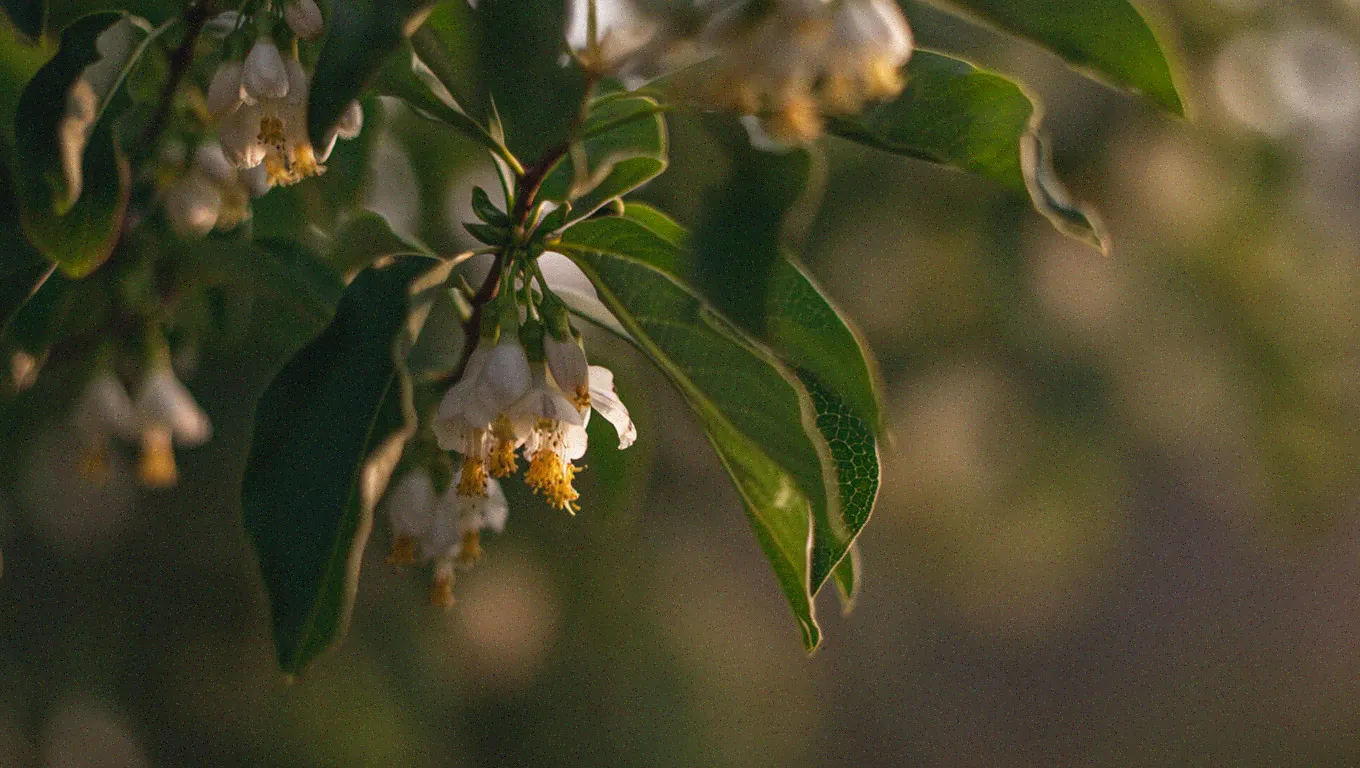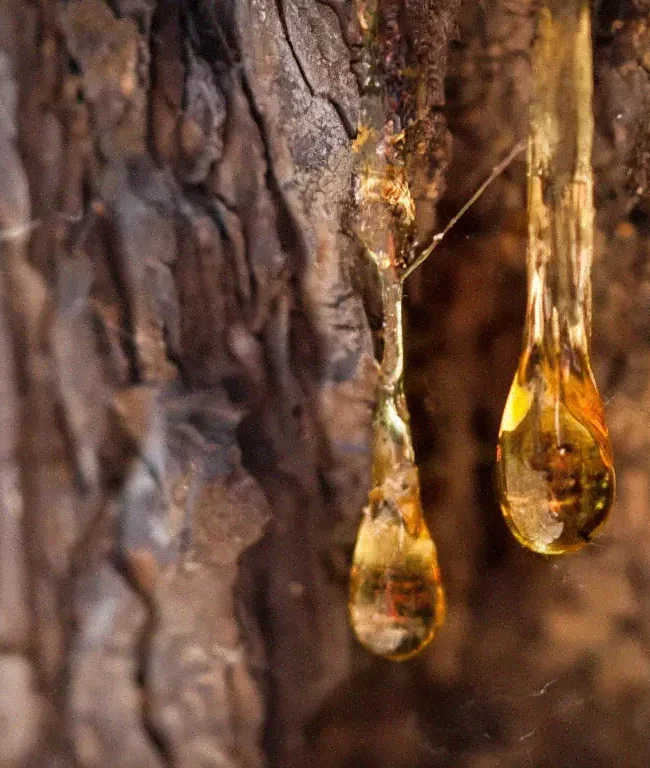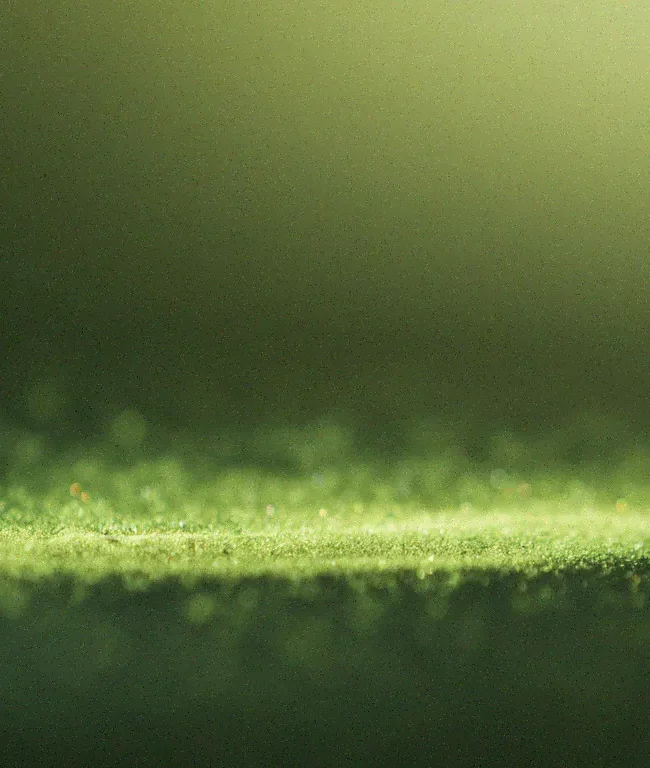
Benzoin Substitution Guide: Resinoid to Absolute Conversion
Bottom line: Replace 50 parts Sumatra benzoin resinoid with 35 parts of 50% benzoin absolute. This 0.7:1 conversion ratio accounts for the absolute’s higher concentration of aromatic compounds while compensating for its 50% alcohol dilution.
Technical foundation for the conversion
The substitution calculation is based on fundamental differences between these two benzoin forms. Benzoin absolute is significantly more concentrated in aromatic compounds than resinoid due to its two-stage extraction process, but this advantage is partially offset by standard 50% alcohol dilution in commercial products.
Extraction chemistry differences
Resinoid production uses direct hydrocarbon solvent extraction, retaining approximately 90% of all crude resin compounds including waxes, pigments, and the complete aromatic spectrum. Commercial resinoids typically contain 50-55% active aromatic material in carriers like dipropylene glycol or benzyl benzoate.
Absolute production involves hydrocarbon extraction followed by alcohol washing to remove non-volatile waxes while preserving aromatic compounds. This selective purification concentrates the fragrant molecules to 50-80% active content in the final product, making it inherently more potent per unit weight than resinoid.
Sumatra benzoin’s chemical profile
Sumatra benzoin (Styrax benzoin) contains 20-25% total balsamic acids calculated as cinnamic acid, with 10-12% benzoic acid and 20-30% cinnamic acid in premium grades. Key aromatic compounds include methyl cinnamate (10-17%), cinnamyl cinnamate (8-14%), and distinctive styrene content (2.3%) that differentiates it from Siam benzoin. The absolute form concentrates these polar aromatic compounds while reducing non-aromatic constituents.
Olfactory and fixative considerations
Odor strength comparison reveals benzoin absolute provides more refined, vanillic character suitable for sophisticated chypre work, while resinoid offers stronger fixative impact with more pronounced sweetness. However, resinoid can exhibit an “odor-depressing effect” that may flatten complex chypre accords, while absolute provides more nuanced fixative action with less interference to delicate oakmoss and bergamot interactions typical in chypres.
For 1980s chypre formulations, benzoin served to anchor powerful floral bouquets, provide warmth against stark oakmoss-patchouli bases, and bridge contrasts between fresh bergamot openings and dark woody bases. The absolute form is particularly suitable for this application due to its refined character.
Industry conversion standards
Research of professional perfumery sources reveals industry-standard conversion ratios of 0.6:1 to 0.8:1 for substituting 50% benzoin absolute for 100% benzoin resinoid. This range accounts for the absolute’s higher base concentration while considering the impact of 50% dilution.
Commercial suppliers consistently offer benzoin absolute at 50% strength due to handling difficulties with pure absolute, which requires months for proper alcohol dilution. Multiple professional sources including Hermitage Oils, Fraterworks, and Eden Botanicals validate these dilution practices and conversion factors.
Specific calculation methodology
The 0.7:1 conversion ratio represents the optimal balance point considering:
- Absolute’s ~40-60% higher concentration of active aromatics
- Standard 50% alcohol dilution reducing effective strength
- Fixative efficiency differences in alcohol-based perfume systems
- Olfactory impact parity for chypre applications
Mathematical formula: For X parts of 100% benzoin resinoid, use (X × 0.7) parts of 50% benzoin absolute.
Formulation compatibility notes
Critical consideration: Unlike resinoids which dissolve in both alcohol and oil systems, benzoin absolute is NOT soluble in carrier oils and is limited to alcohol-based formulations. Since your chypre is likely alcohol-based, this limitation should not impact your formulation.
Usage level verification: Your original 50 parts benzoin resinoid represents an unusually high proportion (potentially 5-10% of total composition). Historical research indicates typical benzoin usage in 1980s chypres ranged 1-5% in fine fragrance, though higher levels were used in soap perfumes where strong fixative effects were desired.
Quality control recommendations
IFRA compliance: Modern restrictions limit benzoin usage to 2-6% in fine fragrance due to benzyl benzoate content. Verify your substituted quantity aligns with current regulatory limits if commercial production is intended.
Dissolution protocol: Unlike readily soluble resinoids, benzoin absolute requires warming and extended dissolution time in alcohol. Allow several days for complete integration into your base blend.
Final recommendation
Replace 50 parts Sumatra benzoin resinoid with 35 parts of 50% benzoin absolute (0.7:1 ratio). This substitution maintains equivalent fixative power and aromatic impact while providing the refined character preferred for complex chypre compositions. The slight reduction in total benzoin quantity will actually benefit the formulation by reducing potential odor depression effects while maintaining the essential balsamic warmth and fixative properties your 1983 chypre requires.




